Kejie Lin: Cultivating a Garden of Time, Memory, and Belonging
AN interview with Kejie Lin and Yuluo Wei, Written by Kayla Lo.
Photography: Toni Hafkenscheid, Louis Li Photography. Courtesy of The Varley Art Gallery and Kejie Lin.
The original interview with Kejie Lin was conducted in Simplified Chinese. Yuluo Wei’s interview was conducted in both Simplified Chinese and English.
Kejie Lin’s 林可婕 transformation from a landscape architect to a contemporary gongbi painting artist is as deliberate and precise as the strokes in her paintings. For over twenty years, Kejie designed gardens, orchestrating nature into harmonious compositions that invited reflection and calm. Today, she cultivates these same principles on paper, transforming the ancient, meticulous technique of gongbi, known for its fine lines and detailed brushwork, into a contemporary practice that speaks of her own journey.
Her latest exhibition, A Garden of My Own, at the Varley Art Gallery, extends this creative world and draws audiences from the moment they step inside.
Kejie Lin: A Garden of My Own, installation view, Varley Art Gallery of Markham, 2025. Photo: Toni Hafkenscheid.
From The Mind’s Garden to A Garden of My Own
This is Kejie’s second solo exhibition. Her first, The Mind’s Garden, was presented in 2023 at Newcastle Contemporary Art and curated by Yuluo Wei. Speaking about the evolution between the two exhibitions, Kejie reflects on how closely artists are influenced by the world around them. In 2023, society was still under the lingering shadow of COVID. By observing nature and carefully drawing the plants themselves as her subject, she sought to see through them, recognising vitality and the cycles of life, as a way to heal herself and share that sense of renewal with audiences.
After establishing her visual language in her first solo exhibition, Kejie’s A Garden of My Own, takes a more retrospective approach. It holds a deeper temporal dimension and showcases her work from 2017 to the present. This time, Kejie and curator Yuluo communicate more actively with the gallery architecture, structuring the space to guide how people move through the exhibition and experience it.
A beautiful garden installation plays a pivotal role in shaping how viewers encounter the exhibition. Inspired by traditional Chinese garden design principles and Kejie’s professional background in landscape architecture, the installation forms part of the exhibition’s landscape. It is delicately arranged to allow viewers to experience “changing scenery with each step 移步換景.” The lattice screens frame different artworks as one moves, creating shifting sightlines for exploration. It’s as if you’re appreciating the natural subjects in Kejie’s painting within an actual garden. The rest of the exhibition setup remains simple—there’s no need for complication. “The artwork can reveal its detail. But more importantly, the whole space becomes activated. The garden is both a subject and structure,” says Yuluo.
2025 Fall Exhibitions Opening Reception, Varley Art Gallery of Markham. Photo: Louis Li Photography.
Practicing Gongbi
Gongbi is an art form that requires discipline, precision, and the careful layering of colours, demanding great patience and time. Kejie sees it as a kind of training exercise for the mind and heart, a counterbalance to the impatience and impulsiveness of fast-paced modern life. With every stroke, she engages in a process of reflective practice, continually working to improve herself.
Although gongbi is a traditional art form, Kejie remains open-minded toward different styles. Her strokes tell the story of her journey: she began drawing xieyi at age five under the influence of her father, a style that emphasises expressiveness and spontaneity rather than meticulous detail. Later, while preparing for university, she focused on Western drawing and colouring. During her university years, she studied gongbi, and afterwards, she pursued a career in landscape architecture for 20 years. During that time, she also practised photography, through which an awareness of lighting and shadow further shaped her artistic eye.
Kejie Lin, Blue Hydrangea, 2022, ink and mineral pigments on rice paper, 146 cm x 103 cm. Courtesy of the artist.
It was not until 2015 that Kejie returned to artistic creation, studying gongbi under masters such as Dacheng Li 李大成, and later Hui Yu 喻惠 in 2016. She absorbed techniques ranging from layering and colouring to foundational brushwork, while also cultivating the mindset required for meticulous practice. Over time, she transformed these teachings into her own unique perspective, resulting in the distinctive style now on display at the Varley Art Gallery, where all the layers, nuances, and details emerge.
In her painting Tropical Garden 2《熱帶花園:晨曦》, Kejie blends the simple, bright colour palette and compositional clarity she observed in Japanese ukiyo-e prints, expressing them in her own visual language. She depicts tropical plants using the classic red–green contrast to convey a unique sense of elegance. This artwork won the Adachi Contemporary Ukiyo-e Award last year.
Kejie Lin: A Garden of My Own, installation view, Varley Art Gallery of Markham, 2025. Photo: Toni Hafkenscheid.
Yuluo adds, “Keijie is not mimicking ukiyo-e. She's taking its compositional clarity and applying it to tropical plants, things you'd never see in traditional Japanese prints. That hybridity is what makes the work powerful. It's not ‘East meets West’ in some superficial way. It's about finding visual languages that can hold multiple traditions at once.”
The current exhibition reflects Kejie’s layered aesthetic. Lattice screens arranged in various Chinese window patterns blend traditional elements with contemporary simplicity, echoing her sensibility and the finely articulated details found in her paintings.
Kejie Lin: A Garden of My Own, installation view, Varley Art Gallery of Markham, 2025. Photo: Toni Hafkenscheid.
Holding True to Oneself
Being a first-generation immigrant exposed Kejie to diverse cultural contexts and ideologies. Beyond the language barrier, new cultural and aesthetic differences awaited her. Kejie is adept at noticing the small differences around her and discovering the beauty within them. She grounded herself by creating a garden at home, drawing on her landscape architecture background. Through this process, she learned more about local plants and began familiarising herself with her new environment by drawing them.
“The garden is both subject and practice. This is the artist's own way of rooting herself, of making a home in new soil,” says Yuluo.
Despite different perspectives and backgrounds, Kejie believes that beauty is universal and continues to create with sincerity. Her work represents the time she has dedicated to art, to self-healing, and to resisting fast culture and fast consumption.
Kejie Lin, Crane Courtyard · Spring, 2023, ink and mineral pigments on silk, 200 cm x 120 cm. Courtesy of the artist.
While Kejie is deeply committed to her practice, Yuluo adds a curatorial perspective, guiding how audiences approach and understand the work. Oversimplified labels like “pretty flower paintings,” “exotic,” or “foreign” are unnecessary. “Kejie is in Canada, painting Canadian plants, in her own backyard. It's the sincerity of the work that naturally builds this cultural bridge.” Together, they create an experience that allows viewers to engage directly with the beauty of her work.
The Art of Becoming
Stories of changing career paths later in life are not uncommon, yet it still takes courage to step out of one’s comfort zone and commit fully to a new direction. For Kejie, she sees the shift from landscape architect to full-time painter simply as a change in creative medium. She understands how her accumulated experiences nourish her mind and vision. “No road in life is travelled in vain,” Kejie shares. If you have thought it through, know that you are passionate about it, skilled for it, and willing to dedicate the time and energy, then why not pursue it?
Kejie Lin and Yuluo Wei with Performers at the 2025 Fall Exhibitions Opening Reception, Varley Art Gallery of Markham. Photo: Louis Li Photography.
With years of accumulation behind her, Kejie now proudly presents A Garden of My Own at the Varley Art Gallery and shares it with viewers. The exhibition explores multiple perspectives of life, including the past and present, her homeland and her new home, and her reflections on the responsibility of preserving and promoting gongbi. At its centre, a five-panel work reveals both content and process, where meticulous line work gradually builds into rich colour, each stroke reflecting cultivation and patience.
When asked how viewers might approach the exhibition, Kejie shares, “Flowers bloom and fade, seasons cycle, time can encompass everything and dissolve everything. Therefore, whether flourishing or withered and silent, we should face it with equanimity. Between the flowers and leaves lies the universe and life, endlessly cycling and regenerating.”
Yuluo says, “Walk Slowly. If you leave feeling like you’ve spent time in a garden, then the exhibition worked.”
Kejie Lin: A Garden of My Own is now on view at the Varley Art Gallery until January 11, 2026. Join the gallery tour with Kejie Lin on December 7, 2025, to experience the exhibition firsthand.
Kejie Lin: A Garden of My Own, installation view, Varley Art Gallery of Markham, 2025. Photo: Toni Hafkenscheid.
2025 Fall Exhibitions Opening Reception, Varley Art Gallery of Markham. Photo: Louis Li Photography.
2025 Fall Exhibitions Opening Reception, Varley Art Gallery of Markham. Photo: Louis Li Photography.
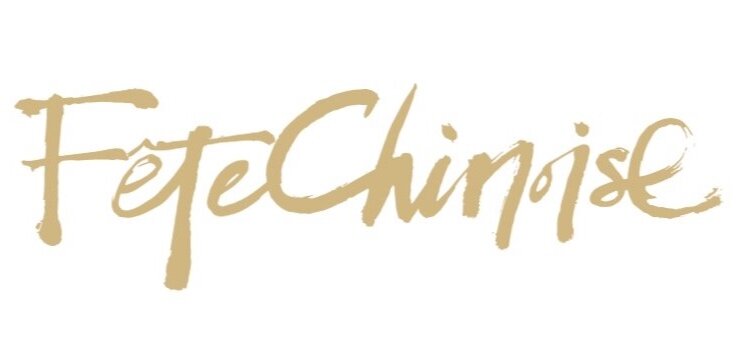






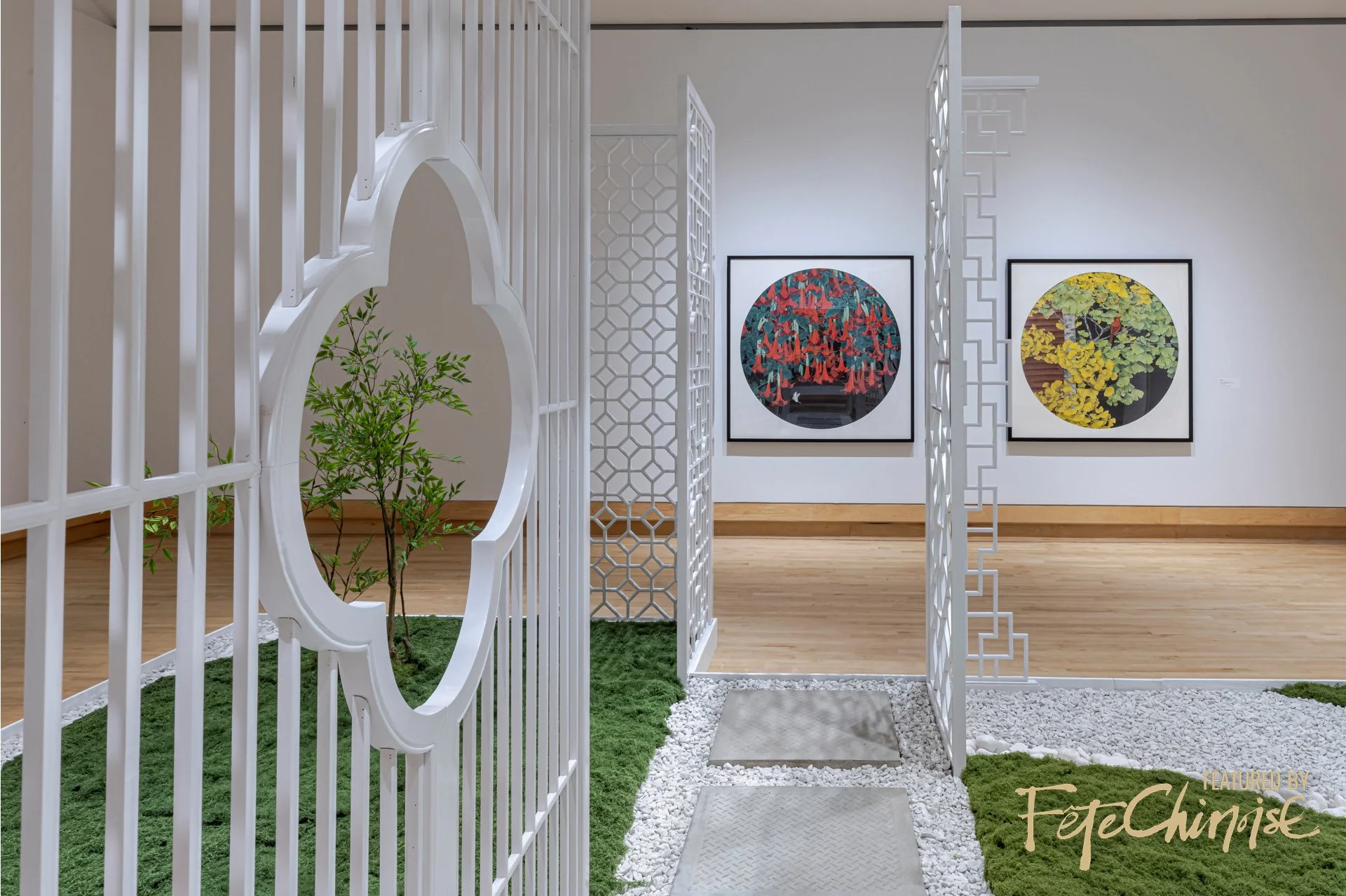



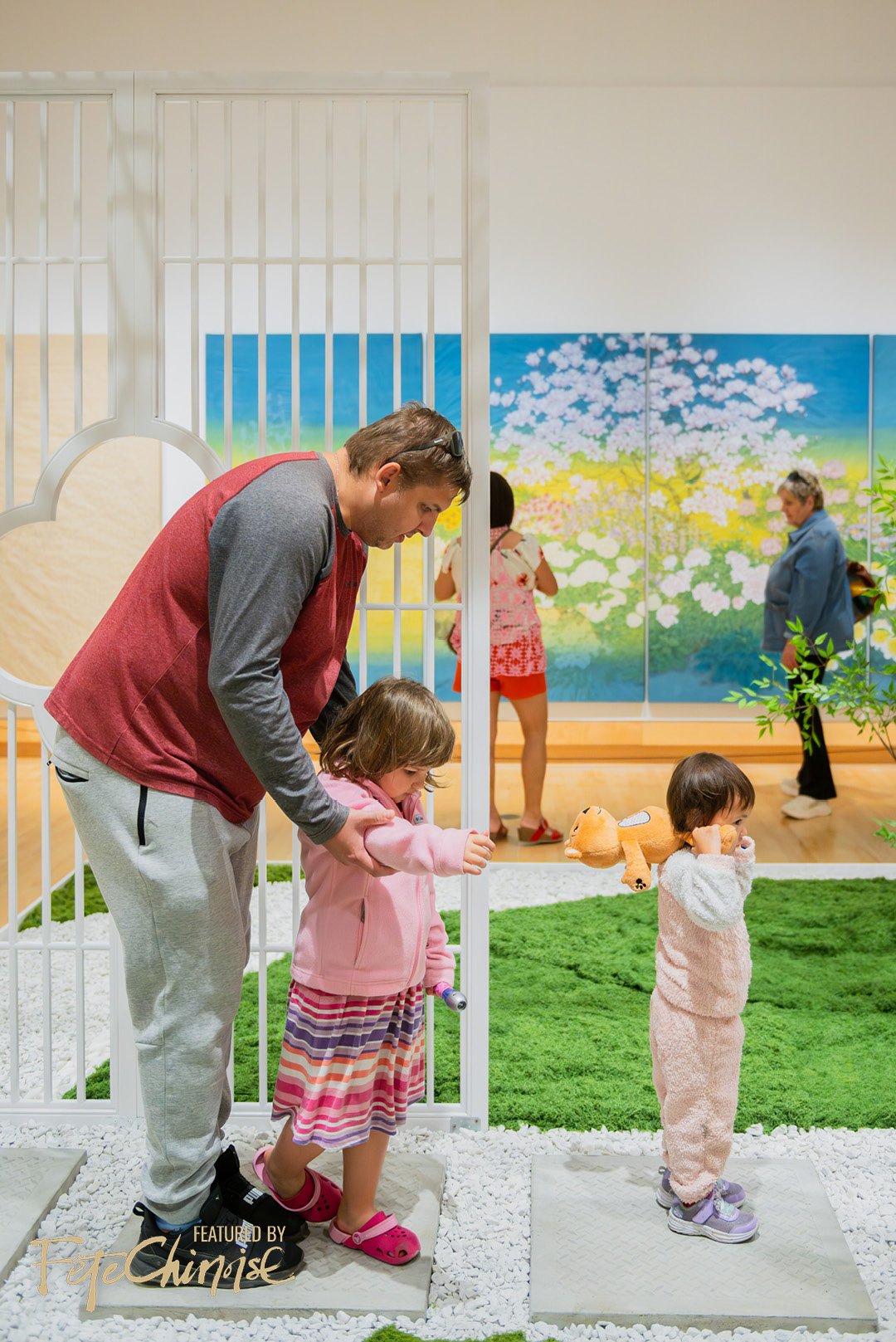



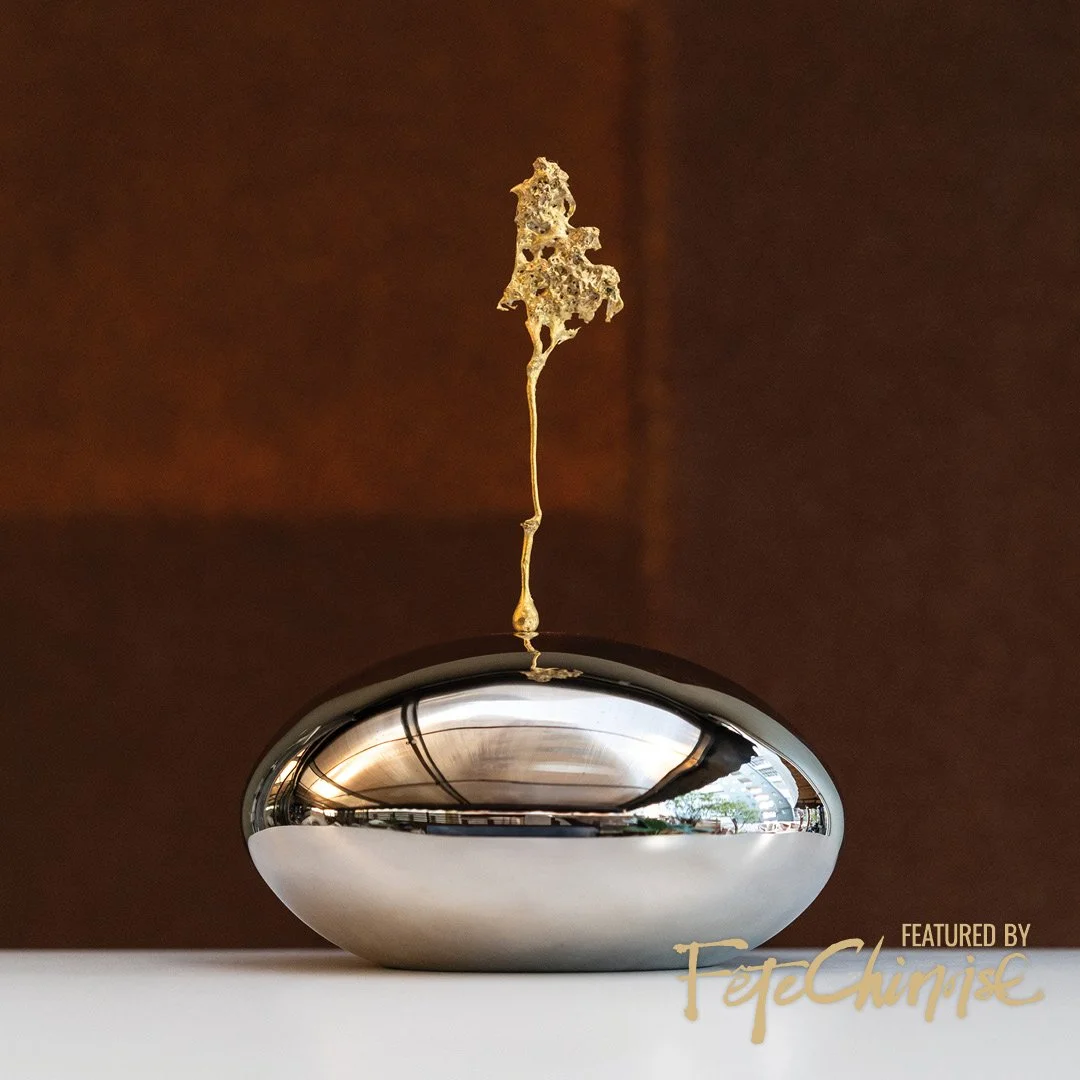
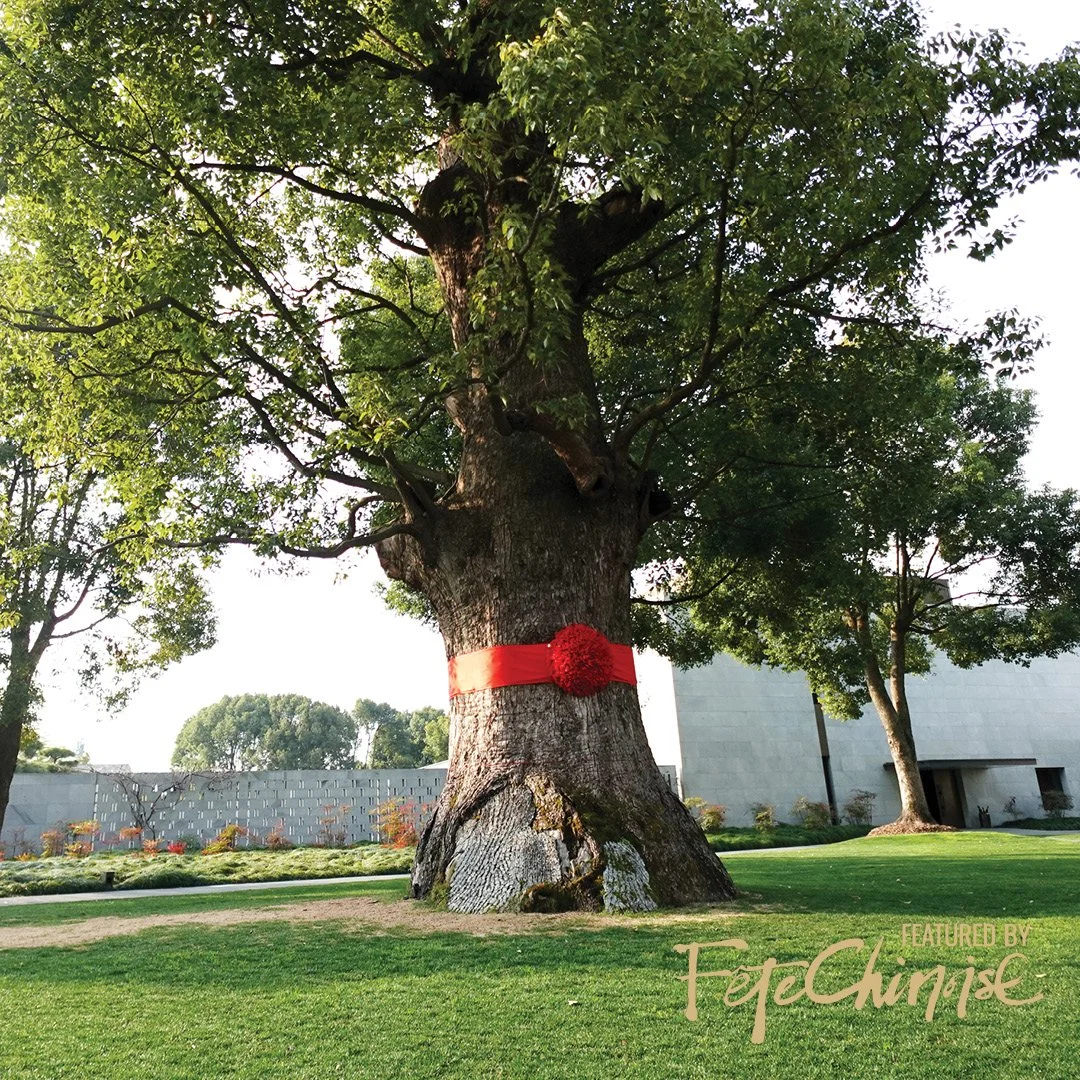







In the skilled hands of Master Hui Ka Hung, paper transforms into vibrant, lifelike creations embodying Hong Kong’s cultural heritage.
Hong Kong is a fast-paced city filled with innovation and potential. Among its towering skyscrapers are streets alive with people rushing to their next destination. Beyond the urban chaos lie alleys steeped in history and tradition. It is here that artisans preserve Hong Kong’s cultural heritage through traditional skills passed down for generations. Among them is Master Hui Ka Hung, whose workshop, Hung C Lau, has become synonymous with the art of paper craft.